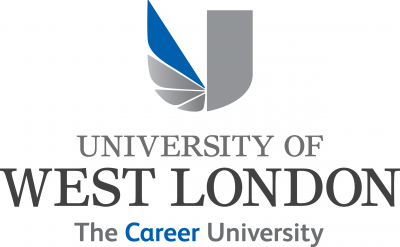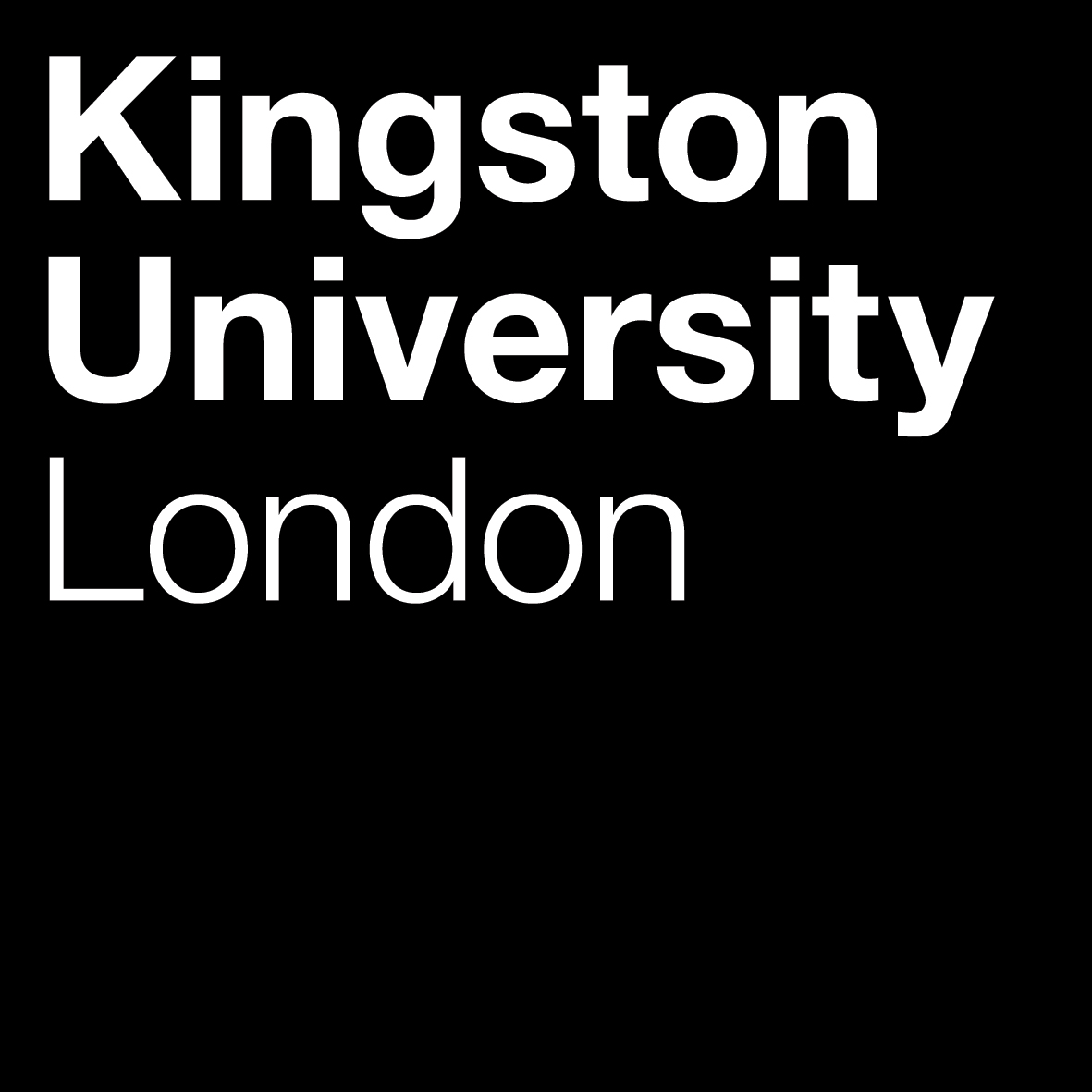1st February, 2023
Transitioning Beyond Academia
Dr Gemma Outen
6th April, 2022
David Thomson
Everybody eats. And food and food metaphors are ever-present in knowledge exchange settings. Whether good, bad, laboured, extravagant or not enough, food fuels conversations, refreshes ideas and helps us digest information. Yet food sometimes doesn’t seem to work very hard here – perhaps a buffet at a conference or a sandwich with the camera off. Within the arts and culture sector – from humanities festivals and art/science collabs to academic artists residencies or outreach cultural programming – food occasionally features as an object of study but rarely a subject or cultural medium for communicating ideas.

Food can be made to work a lot harder across all knowledge exchange settings (especially cultural knowledge exchange) and this goes far beyond the significant role catering plays within financial, budgets and health and sustainability targets. Understanding food’s existence as both a cultural object and a cultural subject, and then working out how we can use food culture to communicate knowledge of things beyond itself can make a unique and underutilised contribution to our field.
Food culture encapsulates the multiple human aspects that surround food. This includes how food is produced, processed and disposed of. It includes how food is consumed; eaten and the practical arrangements and meanings that surround this.
Culture grows around food. Milk has a history for instance, whether it’s “Thatcher, Thatcher, Milk Snatcher” or F.M. Marinetti’s Poem for a Milk Vest. And cultures cultivate certain foods – families have favourite meals, Midwest farmers grow corn and NASA scientists apparently love pizza!
Culture can be used to study food – we can use Fair Trade politics to investigate coco or follow Manet to observe paintings of ham [Eduard Manet, Still Life with Ham 1875-78]. And food can be used to study culture – we can learn about ancient philosophy from what ancient philosophers ate. For example, Pythagoras refused to eat beans and was killed after refusing to run through a field of beans, as he believed that beans contained souls and were therefore living beings.
Food can be used as an analytical lens on culture revealing the social dynamics embodied by the things we eat. Mark Kurlansky did this with salt but we can also explore sugar. Through studying sugar, you can, for instance, analyse the cultural parameters, institutions and values that maintained and expanded British colonialism. London, Sugar and Slavery at the Museum of London, Docklands is a recent example of this and Sidney Mintz’s Sweetness and Power: The Place of Sugar in Modern History is a classic.
As well as revealing culture, food can be used to frame culture too. If you want to understand family emotions, a meal or A Nice Cup of Tea [George Orwell, 1946] can provide a setting for empathetic connections, group interpretations and creative expressions of meanings and values – cue It’s a ‘lovely day’ with Tetley from 1995.
Food culture includes representations and discourses around food too – songs about food (Tutti Frutti, Little Richard; Green Onions, Booker T and the MG’s; Strange Fruits, Billie Holiday). Food culture also includes representations and discourses around food culture – essays on the meal sharing (George Simmel) or kitchen sink dramas. A lecture on interpreting still life painting is food culture, albeit more tenuous.
Because food culture encapsulates the multiple human aspects that surround food it can be used as a bridge to engage audiences with all different cultures. In this sense, much like other interpretive cultural mediums, for example an exhibition; play; radio programme or book, food culture (from a philosophy of agriculture or an art deco dinner service to a wedding feast or madeleine) can be employed to analyse, interpret and express knowledge of things other than itself. And because of food culture’s universalism – everybody eats – it relates to every audience.
Making sense of food culture can help outreach and engagement professionals better utilise food in their work not only as something to fuel communication but to shape it too. Knowing when to dial up the various aspects of food culture – versus knowing when an audience is just hungry – will help us to realise the far-reaching benefits of using food for knowledge exchange.
Author biography
David Thomson is an independent food-based learning and engagement facilitator working across the arts, culture and heritage sector
You've been waiting for it and our May newsletter is here! -> bit.ly/3M9ICG6 pic.twitter.com/Iug9eWimQQ





